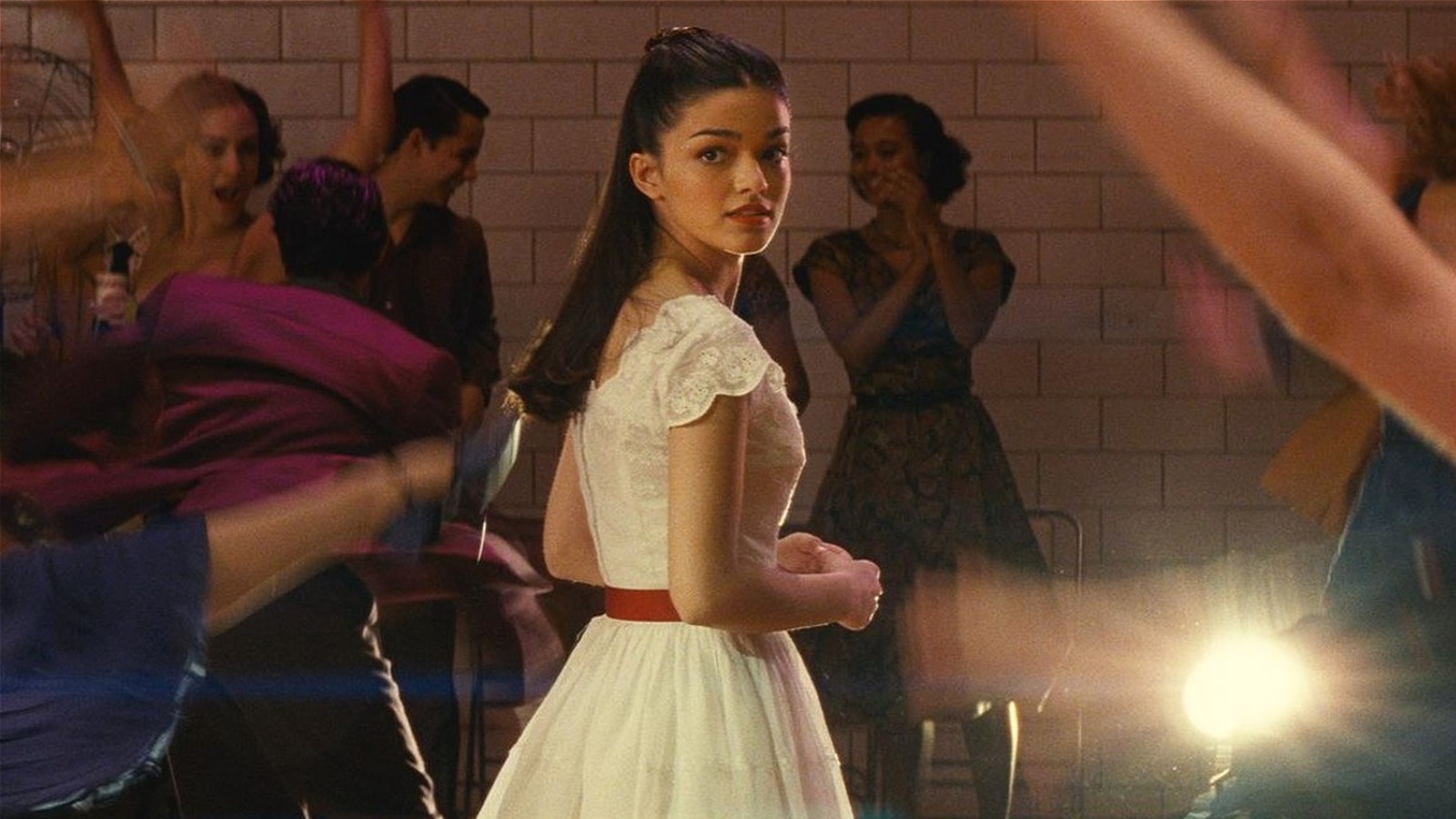Saying "I hate curry" is like saying, "I don't like sauces", or “I don't like gravy". What many Americans don't understand is that curry is not a flavor, it's not a spice, and it certainly isn't that yellow powder in your spice rack.* It's a generic term: there are literally millions of recipes for curry. A sweet green curry from Central Thailand and a Kashmiri rogan josh are both curries, but have almost nothing in common except that they are richly-spiced gravies served with some kind of starch (rice, potatoes, bread, pancakes or noodles). The particular combination of spices and other ingredients in a specific type of Indian curry (of which there are thousands) varies almost literally by family, and there are over a billion souls there. And by the way, there's way more to Indian menus than curry dishes. But let's start with this one stubborn American misconception.
You simply must stop thinking of curry as something that comes from a McCormick's jar. This is exactly like thinking a can of Spaghetti-O's represents Italian food. That supermarket spice-aisle junk is a 19th-century British bastardization of one very specific style of Northern Indian curry, from a time when English cookery sucked really hard. It's likely a stale blend of turmeric, cumin, and fenugreek, with a lot of salt, MSG and anti-caking agents mixed in: no wonder you don't like it! Decent pre-made curry bases do exist -- jarred powders, canned pastes, shelf-stable bars that break into squares like baking chocolate -- but serious cooks put these in the same category as frozen food or jars of Prego: strictly for students, kitchen naifs, camping, the lazy, the time-pressed, and emergencies.
Pre-fab blends are scorned because the true flavors of spices fade quickly as essential oils evanesce after grinding. Any self-respecting cook from South Asia toasts and grinds their spices fresh daily. Some use a mortar and pestle, but there's also a specialty appliance, the Sumeet grinder, a wet/dry electric blender optimized for grinding spices, aromatics, and other ingredients into pastes. Real local chefs with curries on their menus aren't reaching for a jar. So if you've turned your nose up at Indian food because your mom once sprinkled Durkee's curry powder on your chicken wings or tuna salad and you didn't like it, it's time for a reconsideration.
And another thing: Indian food is no more a single cuisine than American food: like the US, it's a big country with a diverse collection of many regional cuisines. Indian restaurants have come a long way in Boston; unlike 20 years ago, you won't find the same dozen Punjabi and Mughal dishes everywhere you go today. It's now possible for Bostonians to enjoy regional cooking from all over South Asia. Partly this is because American diners have gotten more sophisticated; partly it's because high technology, healthcare and other industries have brought professionals from all over the sub-continent to New England, and these ex-pats are driving demand for greater regional diversity.
Here are a few South Asian restaurants in Greater Boston that I enjoy, identified by one feature I especially value:
- High-end and creative without being fusion-y: Tamarind Bay
- Truck-stop (cheap, down and dirty, and delicious): Punjabi Dhaba
- Northern: India Quality or its kid sibling Punjab Palace; The Kebab Factory
- Southern: Tanjore
- Pan-regional: Namaskar
- Halal/Pakistani: Darbar
- Street-food snacks: Dosa Factory
- Hyderabadi: Rani, Kebab and Tandoor (Waltham)
- Bengali / Bangladeshi: Darul Kabab
- Tibetan-in-exile-in-India: Martsa on Elm
- Lunch buffet: The Pongal (Billerica)
- Friendly service: Ghazal
- Take-out: Guru the Caterer (though it has expanded recently and now has sit-down space)
- Desi Chinese (Chinese food as prepared in India, a unique and wonderful creature): Namaskar, Indian Dhaba
- Nepalese/Indian: Himalayan Bistro (West Roxbury)
- Nepalese (its own cuisine, but with similarities to Northern Indian): Mt. Everest Kitchen
- Balti (a creation of Pakistani ex-pats in Birmingham, England): Bhindi Bazaar
- Borrowing of Indian technique in the service of a Western restaurant: tandoor at Scampo
- Decor: Diva
- Patio: Kashmir
- Date place: Mela
- High-end, fusion-y small plates: naan bar menu at Mantra
* Yes, I am aware of the curry leaf, a/k/a sweet neem, a tree leaf commonly used in South Indian, Sri Lankan and Pakistani cooking, but if you know about that, you probably don't need to be reading this particular essay.



